You will need
- One drinking glass, three-quarters full of water
- One sheet of newspaper
- One cardboard toilet roll
- One plastic tray or plate (This piece of equipment must cover the glass, be flat on the bottom and have a raised lip around the top)
- One egg (if a student has egg allergies you can change this to a water bomb instead)
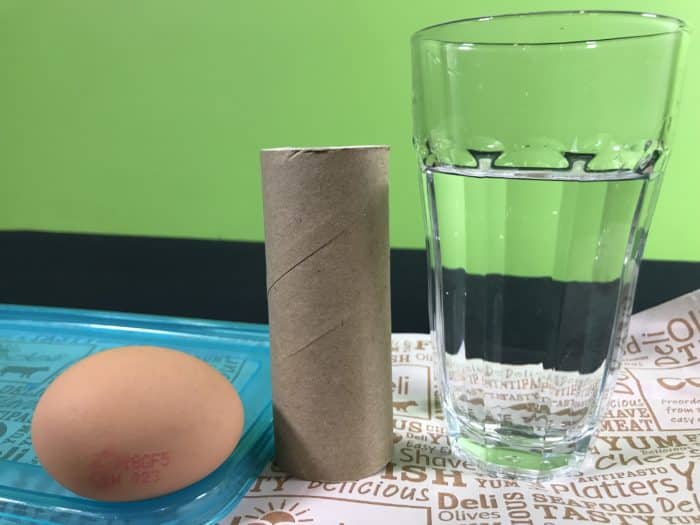
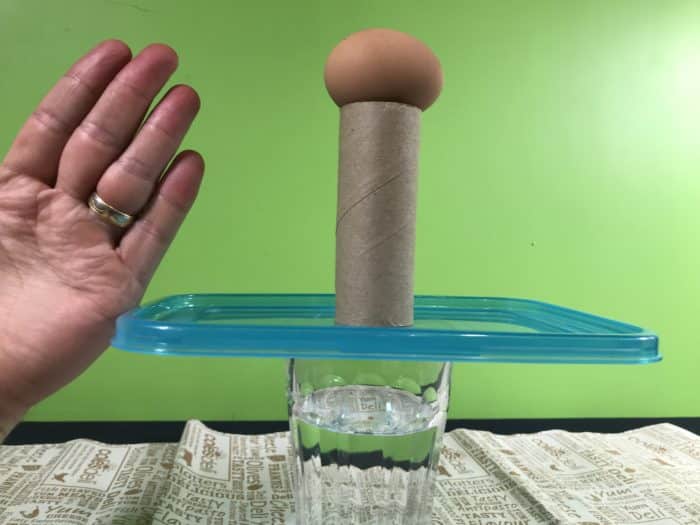
Now for the tricky part. You need to very quickly knock the tray/plate sideways, using a kind of “sideways karate chop” technique. The tray will fly horizontally, and the raised lip on the edge will catch the toilet roll, and the egg should fall straight down into the water, and stay un-cracked!
Variation: Try this experiment without the water in the glass!
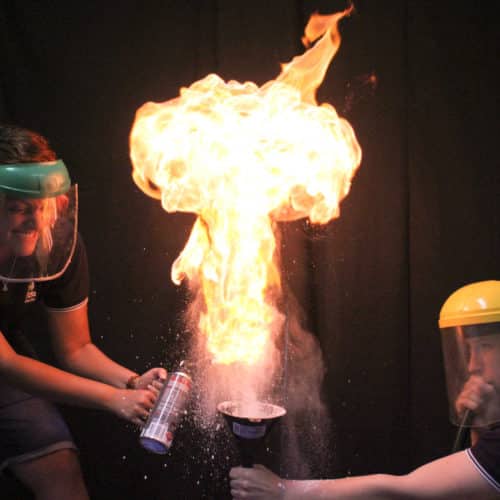
School science visits since 2004!
– Curriculum-linked & award-winning incursions.
– Over 40 primary & high school programs to choose from.
– Designed by experienced educators.
– Over 2 million students reached.
– Face to face incursions & online programs available.
– Early learning centre visits too!
Why Does This Happen
Isaac Newton’s First Law of Motion says that an object that’s moving will continue to stay moving, and one that’s stationary will continue to stay still unless a new force is applied to it.
While the egg is balancing on the toilet roll, the egg isn’t moving and so it wants to remain that way. When you knock the tray sideways, you apply a force that moves it quickly out of the way. The raised lip on the tray transfers this force to the toilet roll and it too flies sideways. At this point, the egg is still stationary for just a split second, until gravity gets a hold of it and pulls it down into the glass.
This is the same principle that makes the classic magic trick, where a magician whips a tablecloth off a table leaving the crockery and cutlery still there, work.
Road safety application.
Inertia (the tendency of moving objects to stay moving) is critical to understand when you’re thinking about road safety. Without seatbelts in our cars, our bodies would keep moving forwards if our car stops suddenly, for example in a crash. The seatbelt applies a force to our bodies that slow them down, stopping us going flying. The same goes for loose objects that are hanging around in the back seat of your car – an unrestrained object can move forwards in a car crash and can become a projectile.
Variables to test
- How lightly can you hit the tray and still have the gg fall into the glass?
- Does this work if swap the egg out for a much heavier or lighter object?
- Teaching about air pressure? Check out the Flight or Weather show!
- Teaching about Newton’s laws? Check out the Forces, Friction & Movement workshop!
Get in touch with FizzicsEd to find out how we can work with your class.
Forces, Friction & Movement
Years K to 6
Maximum 30 students
School workshop
60 or 90 minutes
Online Class Available
STEM Full Day Accelerator - Primary
Designed from real classroom experiences, this modular day helps you create consistently effective science learning that directly address the new curriculum with easily accessible and cost-effective materials.
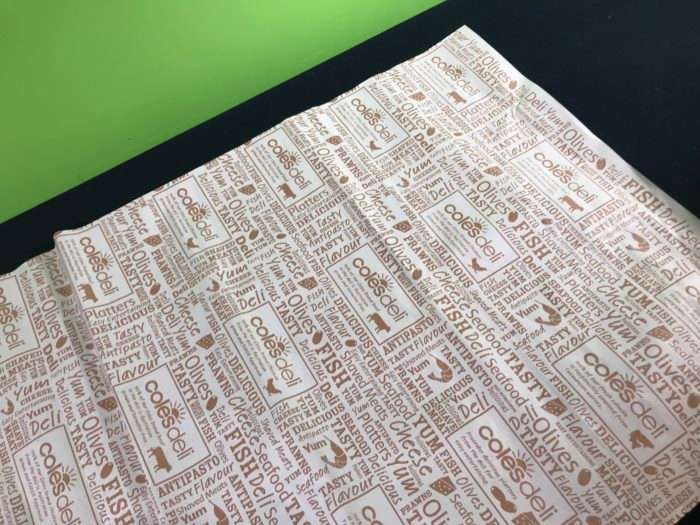
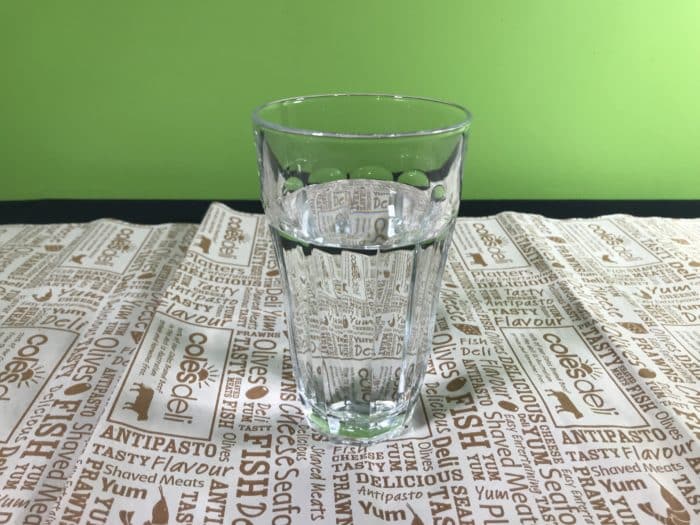
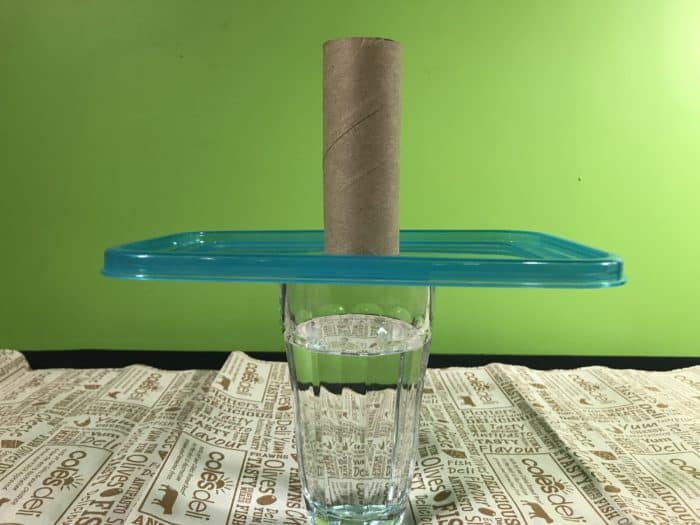
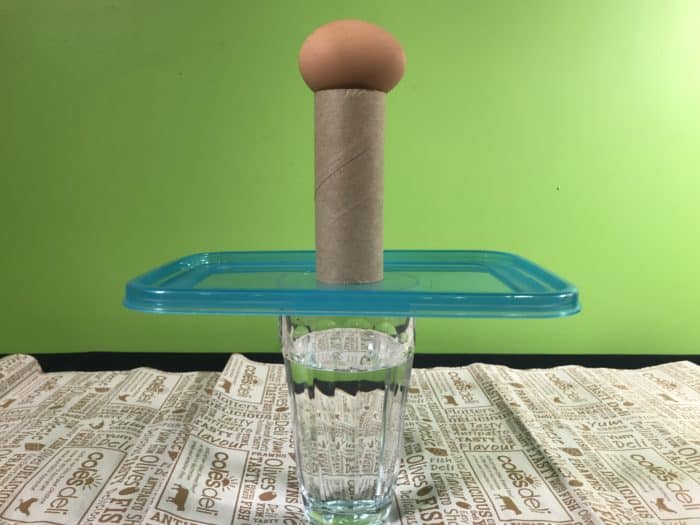


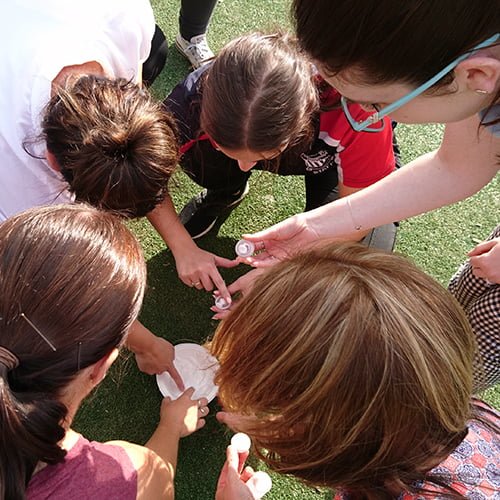


























Comments